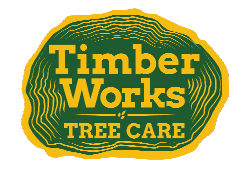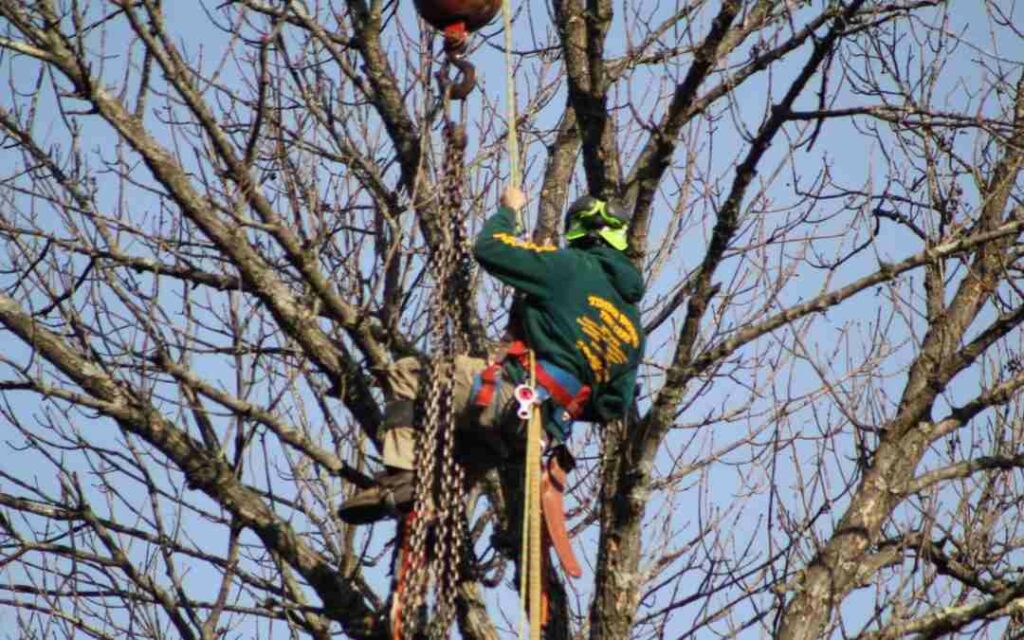Just like human beings, trees also need rejuvenation from time to time. Hence, trimming trees is an essential practice for all homeowners. It not only ensures the long-term health of your trees but also makes your landscape appear neat and appealing.
However, trimming trees is not as easy as it sounds. There is an art and science involved in it. If not done correctly, it can harm your trees and compromise your safety. If you’re considering trimming on your own, a little guidance goes a long way, especially if you’re doing it for the first time.
Below we’ve compiled for you the ten most common trimming mistakes that homeowners make. Make a note of the same before you embark on this adventure.
Trimming at the Wrong Time
Different species of trees have different trimming seasons. For most trees, hot and dry seasons are more stressful and the worst time to trim. These trees include apple, birch, cedar, maple, oak, spruce, and walnut.
If you prune trees during their blooming season, it will thwart their capability to produce flowers and fruits. Late spring or winter would be the ideal time to prune them. However, you can remove dead branches any time of the year as soon as you notice them.
Many homeowners have the false notion that trimming trees is the best way to get rid of active insects thriving on them. The truth is that the sap oozing from the fresh cuts further encourages the growth of pests spreading the disease more rapidly.
If you’re not sure of the best time to trim your trees, a tree care professional will best guide you in this regard.
Trimming the Wrong Branches
Selecting any random branch to trim is not the way of going about it. If you trim down freshly growing branches, your tree will grow weaker over time and into a bad form. Hence, careful consideration is required before you start grilling your chainsaw.
Start by trimming away dead and dry branches and then move on to water sprouts, if any. Water sprouts are weak, stringy shoots that grow on the trunk or the branches, often as clusters. They serve no purpose and only disfigure the look of your tree.
Clear out the growth coming from the roots or base of the trunk. You can also prune out limbs that compete with the central branch.
Cutting the Branch Collar
The branch collar is the thick part of the branch that lies closest to the base. It consists of vascular tissues that transport water and nutrients throughout the plant body.
Vascular tissues are vital for plant growth, and cutting them is the gravest mistake you can make. Always leave an inch of the stub after the collar while cutting the branch.
Using Dull Tools
Using dull shears will require several blows before you can finally chop off a branch. It is not only a waste of your energy but is also harder on the trees. The hard blows can damage the branch collar or cause tree wounds that take longer to heal.
So always invest in good-quality tree cutting tools and have them sharpened before getting started.
Using Dirty Tools
You do not want to infect your otherwise healthy trees by using poorly sanitized shears. You may also be spreading diseases from one tree to another by using the same equipment to prune them.
Always clean and sanitize your tools with alcohol before using them on each tree.
Poor Clean-up
Homeowners often ignore clean-up post trimming, but they’re unknowingly inviting accidents by leaving debris lying on the ground. It’s easy to trip on broken branches, and scattered leaves are common slip hazards.
Besides, fallen limbs, fruits, and leaves harbor points for fungi and pests. Always dispose of the debris in a proper place post trimming.
Poor Tree Trimming Technique
Some people resort to the haphazard cutting of tree roots and branches to protect their sidewalk or windows. Tree cutting has a technique, if not followed, can be detrimental to the tree’s health.
The three-cut method is an ideal way to trim branches that minimize the tree’s trauma. Similarly, cutting roots requires careful planning. Uneven roots can destabilize the tree, leading to the falling or death of trees.
Over trimming the Trees
It is suggested not to remove more than 25% of the branches at a single time. Too much canopy removal can interfere with the transportation of nutrients across the plant body.
On the other hand, under-trimming may not serve the purpose of removing enough weight or stopping infestation from spreading. Hence striking the right balance is the key here.
Check out our guide on how often you should indulge in the act of tree-trimming.
Trimming in Bad Weather
Trimming is already a dangerous task, and the bad weather only adds to its risks. Analyze the weather first before you start trimming.
Ignoring Safety Measures
As you may have already seen, tree trimming is a job fraught with dangers and challenges. It takes enough research, practice, and patience to do it well.
Your safest bet is to trust a professional tree care service company to take care of all your tree service needs. However, if you’re determined to do it yourself, make sure to do your homework first.
Wear all the required personal protective equipment and carefully read the safety manuals before getting started.
Happy Trimming!







